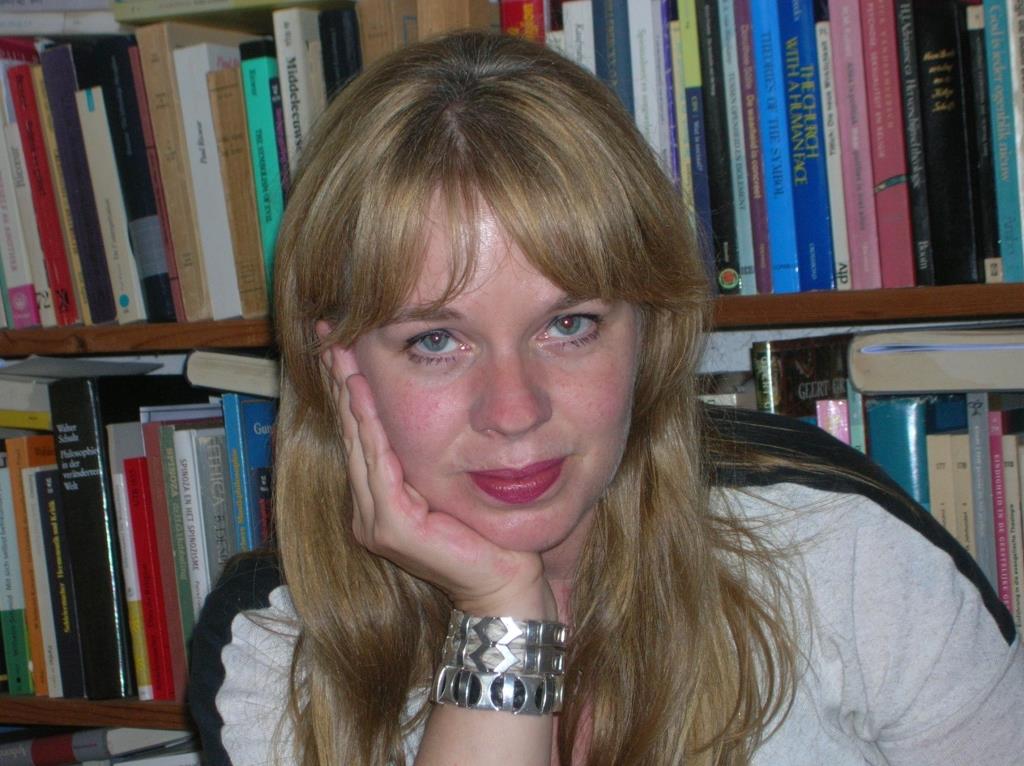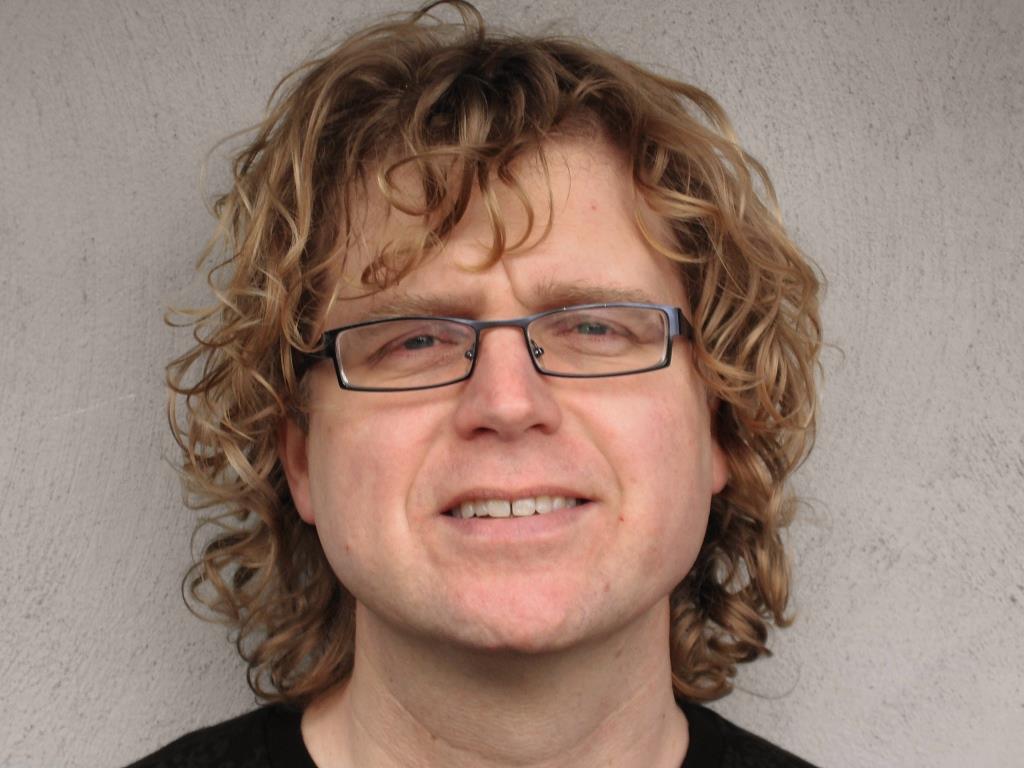by Albert Gerhards, Rob Plum & Kim de Wildt *
Historically churches used to be the centre of life. Churches did not just meet religious needs, but societal needs as well. The whole life cycle revolved around the church building. The complete life cycle was elevated and celebrated in the church: children were baptised and confirmed there, adults got married and deceased got buried. And in the meantime, from the cradle to the grave, life was lived according to a daily, weekly and yearly religious rhythm. The classical example of the church service on Sunday which was followed by a visit in the nearby pub, structured the weekly life of the community and brought the worldly and spiritual life organically together.

Kim de Wildt
Nowadays this situation has changed drastically because of societal phenomena like secularisation and individualisation. The church building and religion altogether are for most contemporary people not the centre of life anymore, for many others religions does not play a role altogether. Especially the weekly celebratory practices have become less evident. Despite the popularity of celebrating the life cycle, especially rites of passage at birth and weddings, here as well the church has lost its monopoly and is only one of many providers in the market of life cycle celebrations. Here the church has lost its monopoly; she competes with an increasing number of ritual providers in this market. The Christian religion has become a peripheral phenomenon. This trend started a long time ago und seems irreversible. It confronts us with the question what to do with our religious heritage.
“Demolition” and “reuse” are the main concepts in the current debate on the church building. There are many initiatives to save the church building from demolition or decay. In the discussion about saving religious heritage the voice of religion itself is surprisingly absent. This came to the fore at an international conference on the theme “Sustaining Europe’s rural religious heritage” which was organised by the European Network for historic places of worship (FRH – Future for religious heritage) from the 29th of October till the 1st of November 2014 in Halle, Germany. Obviously one should (and must) admit that religion and theology in fact often have disqualified themselves and did not take active part in this debate. It seems that its spiritual heritage was more important than its material heritage to the church itself. Meanwhile other stakeholders, such as architects, art historians, lobbyists, and so on have taken over this task. What is more: these voices and concepts in the debate on sustaining religious heritage have become indispensable for the development of viable concepts for religious heritage.

Robert J.J.M. Plum
Nevertheless: isn`t it remarkable that religion and theology hardly play a role in these debates? Churches have originally not been built as signs of architectural and art historical accomplishment, but as houses of prayer, as meeting houses for church services. Whoever regards churches nowadays from an exclusively architectural or art historical viewpoint seems to be in denial of the essential characteristic of these buildings. This stance towards religious buildings resembles a not all too uncommon exclusively musical view on Bach’s St. Matthew Passion, which forgets that this work originally was a religious work of art composed for liturgical use.
Not just for historical reasons, to pay due to the history of religious buildings, religion and theology should be involved in this debate. Especially the contemporary perspective shows that religious buildings still function for many as a place of contemplation and peace in everyday life, as a place where nothing is obligatory and one can feel accepted completely and regain strength if necessary.
Religious buildings are not exclusively important for members of one specific region anymore, but often for others, such as tourists as well. Obviously churches have, throughout their history, served several purposes and not exclusively religious ones. In its multifunctionality and multilingualism they can have an enormous appeal on diverse groups.
Escape rooms
An interesting phenomenon, the so-called “escape room” becomes growingly popular
globally. These escape rooms are inspired on virtual reality. In simulation of computer games two or more people are enclosed in a real place, modelled after virtual reality, and must try, by means of solving clues and puzzles, try to escape from this room. Apparently virtual reality does not replace the current need for `real reality`. It is unimaginable that virtual reality is not a part of our reality anymore. Also in the world of sacred space virtual churches are a standing reality. For instance the 3D online church or for those who want to attend a religious service, but do not have time to go: Virtual church; or to light a virtual candle in a virtual church ; or the virtual church St. Georg. Besides virtual churches there are also initiatives which aim to present real sacred spaces online. With regards to sustaining religious heritage there are interesting initiatives which aim to promote societal conscience, such as the Dutch initiative. For Germany we can mention “Straße der Moderne”, an ecumenical initiative which is currently developed by the German liturgical institute. In the Archdiocese of Cologne the initiative “Kirchennutzen” was developed in the context of the national Eucharistic conference 2013 Last virtual phenomena we wish to mention are the initiatives for digital sacred space, such as the digital atlas for sacred space of the Bauhaus University Weimar.

????????????
Albert Gerhards
The need for an interdisciplinary approach which also includes theological points of view is essential in the development of new approaches. Religious buildings possess an intrinsic quality which does not equal other buildings. They are places of worship in which the life stories of people are intertwined with their relationship to the transcendent. Religious buildings still function as places of awe and contemplation even if the people visiting the religious sites are tourists and no longer members of the religious community. The aura of real sacred spaces is a feast for the senses and enables for people who have a distance to the church experiences of transcendence. Be this as it may, for many church buildings still function as an still unretrieved force.
There are theological grounds on which church buildings should not exclusively be considered as meeting spaces for the weekly church service which can be disposed of when they are not “used” anymore. Besides their still important use as places of worship and contemplation, an extended use is justifiable with reference to its original purpose: as places which facilitate the encounter with oneself, with other people, with the cosmos and not in the last place, with the transcendent. Odd as it may perhaps seem: a transformation can thus meet the original purpose of the building. As an example the church Zur Hl. Familie in Oberhausen, Germany can be mentioned. Transformations of sacred space can be an opportunity to reformulate the meaning and worth of religious heritage.
Only by means of change and adaption the old church buildings can be sustained for the future. They are concrete markers that not only refer to a certain history but point to a challenging future as well. There are several possibilities to make these possibilities fruitful: church pedagogy, artistic expressions, functioning as a meeting house, diverse contemplative leisure activities. Church buildings did not lose their attraction because of their religious characteristics; on the contrary: because of this religious dimension, nowadays church buildings even attract people who are not religiously socialised. These buildings could be appreciated in their function as a place of refuge, as an asylum, as a “shelter for the soul” for all people who are in search of a place without pressure on them. In this diaconal concept they could be the centre of city and rural life once again and positively influence the lives of the whole community as well as the Christian community.
* Prof. Dr. Albert Gerhards is the Chairholder for Science of Liturgy at the Faculty of Catholic Theology of the University of Bonn. His main research interests are the history, theology and practice of the liturgy, ecumenism, church music, church and art, sacred space, Judaism and Christianity.
Dr. Robert J.J.M. Plum is lecturer for ethics at the University of Applied Sciences NRW at Duisburg, lecturer of social philosophy at the University of Applied Sciences in Düsseldorf and spiritual counsellor. His main research interests are religion in the public domain, social philosophy and theological and philosophical hermeneutics.
Dr. Kim de Wildt is a research fellow at the Department of Liturgical Science at the University of Bonn. Her main research interests are in the fields of religious education, sacred space pedagogy, ritual studies and liturgy.





Follow us: